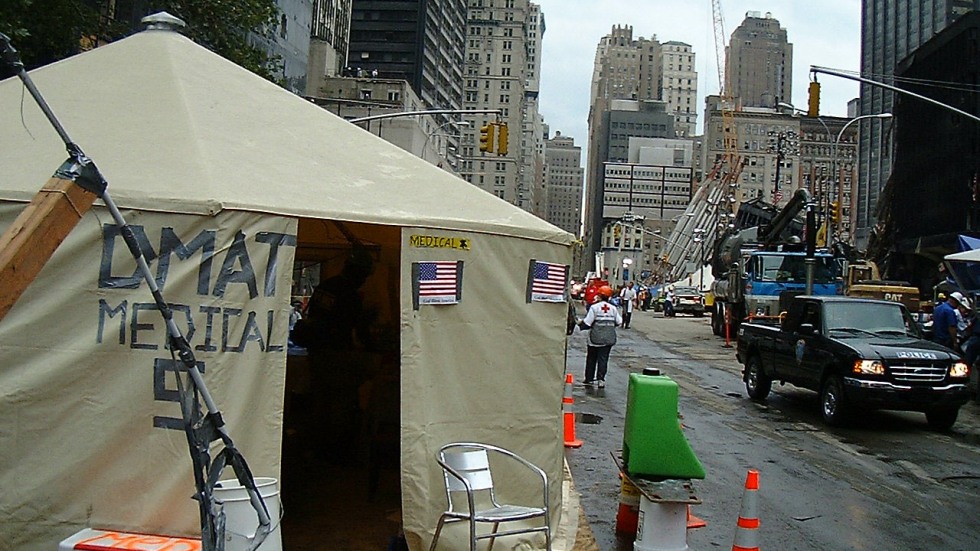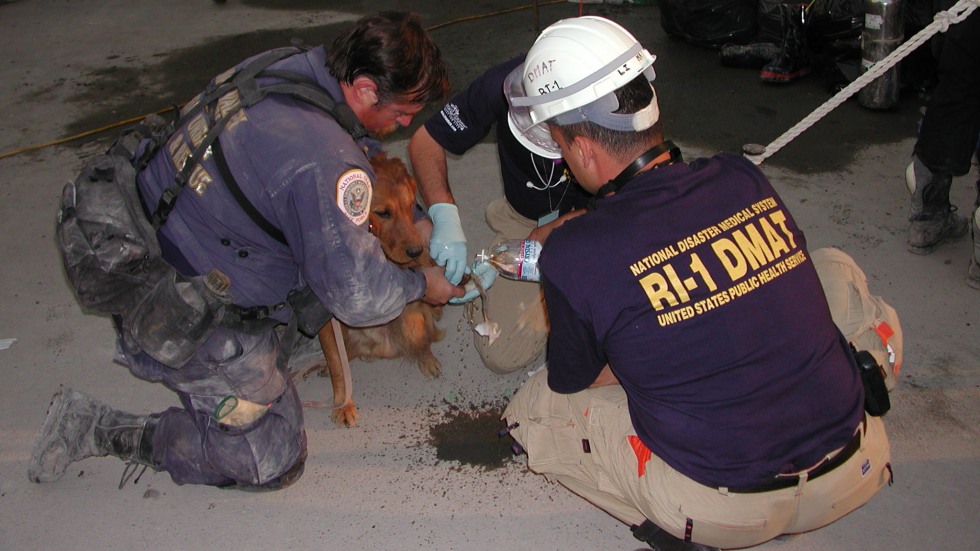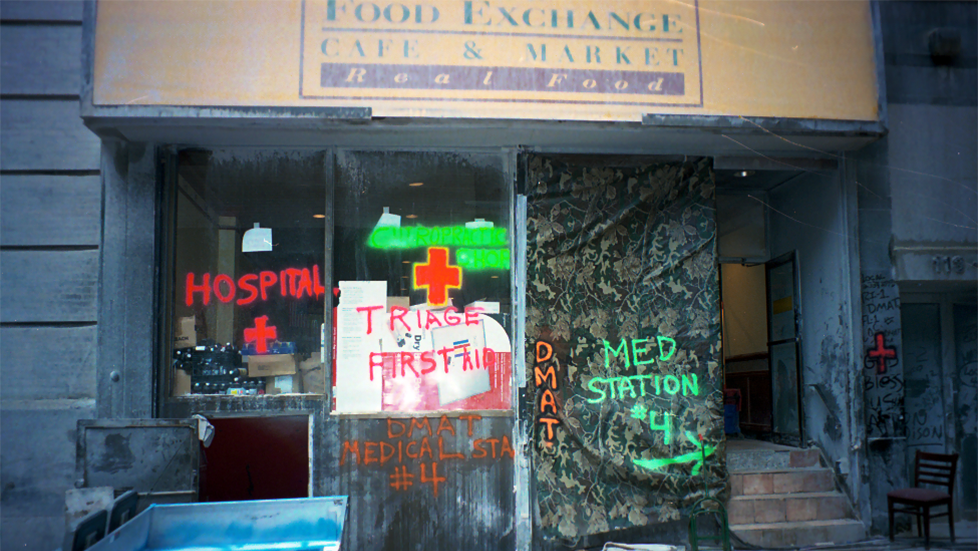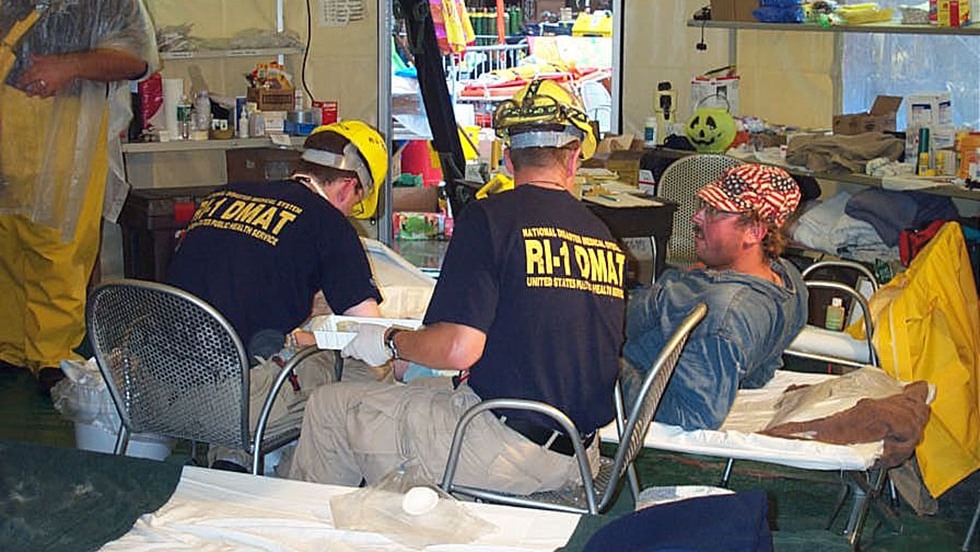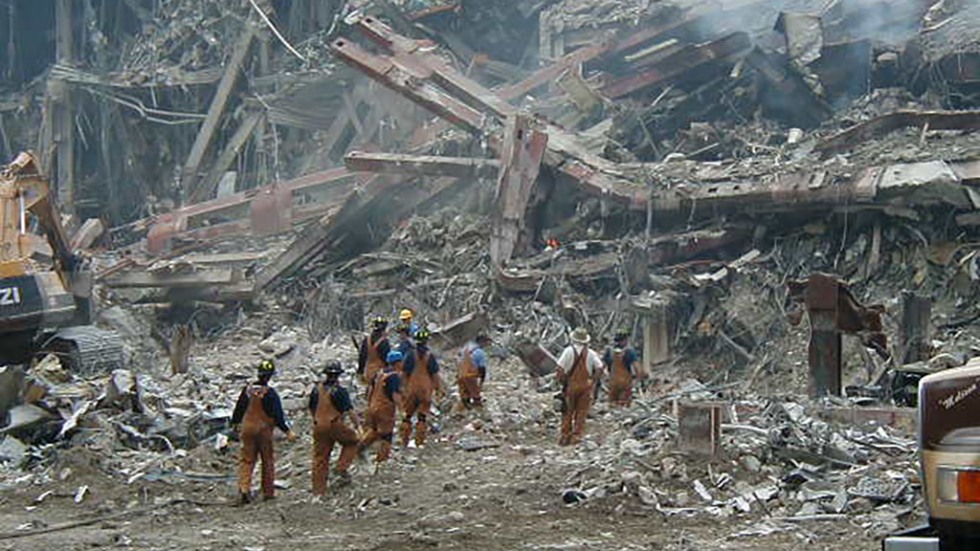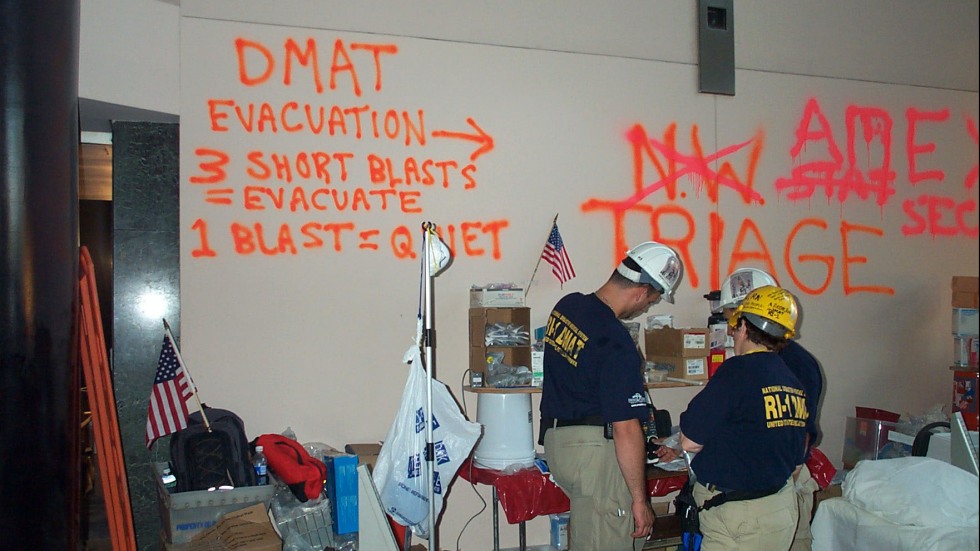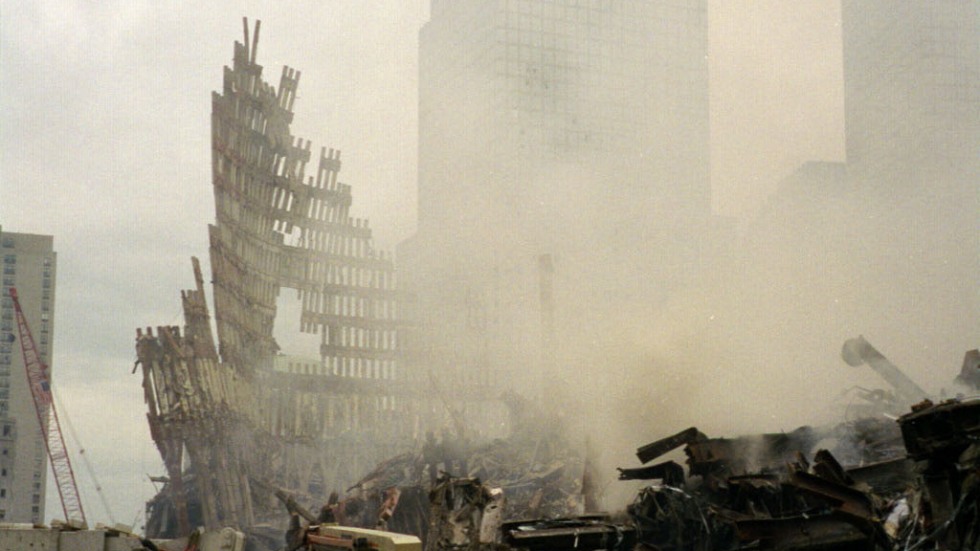PROVIDENCE, R.I. [Brown University] — On the morning of Sept. 11, 2001, Dr. Selim Suner, a Brown professor of emergency medicine, surgery and engineering, was caring for his 6-month-old son at home before heading to a meeting at Rhode Island Hospital. His wife, also an emergency physician, was already at work. Suner was giving the baby a bottle and watching the news when images of a gaping, smoking hole in the north tower of the World Trade Center stopped him, like viewers across the globe, in his tracks. When a second Boeing 767 crashed into the South Tower, it became clear the events were no accident.
Suner knew exactly what he had to do.
One of 14 members of Brown’s medical school community who volunteered with the Rhode Island Disaster Medical Assistance Team, a response corps that provides medical services during natural or manmade disasters, Suner was at the time transitioning into the role of team commander. Leaving his son safely in the care of a sitter, he drove to the hospital, checked in with the DMAT executive officer, started calling team members and loading up their gear.
“We were preparing to leave for New York even before we heard from national headquarters,” Suner said.
The DMAT had been training together for years. “It’s a small state, so we knew all the people we were working with,” Suner said. They arrived in New York at 10 p.m. that evening, set up their modular tents — medical equipment, water purification systems, sleeping quarters — and prepared to treat patients.
Except: Nobody came.
As the sun rose over the city on Sept. 12, Suner said the team realized that everyone who made it out of the area alive was likely already at a hospital. The devastation downtown was “mind-boggling,” he said. There were dangerously deep trenches of concrete and rebar, mountains of rubble and glass, vast fields of debris and fires raging everywhere. Smoke hung low in the air; dust covered everything and everyone. Damaged, unstable buildings were on the verge of collapse. First responders were frantically trying to find survivors and getting hurt in the process.
Fortunately, the DMAT was there to help. “Our mission changed,” Suner said. The Rhode Island rescuers started treating New York rescuers.
